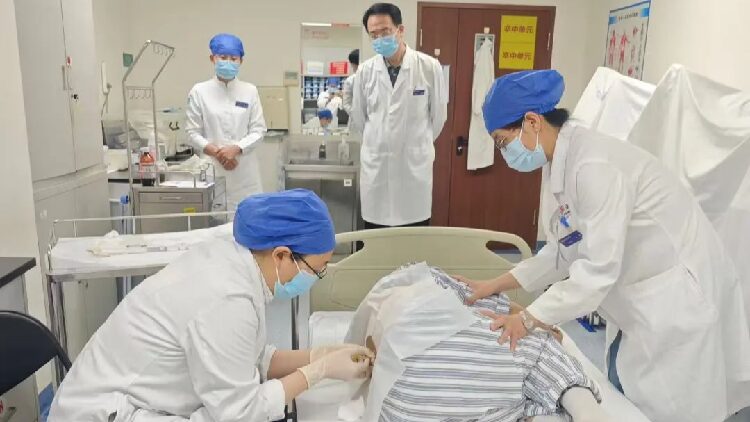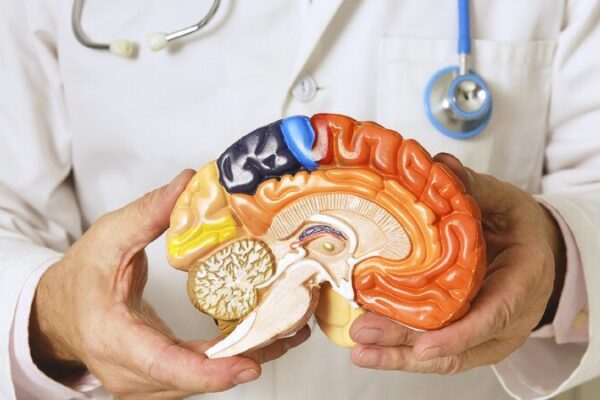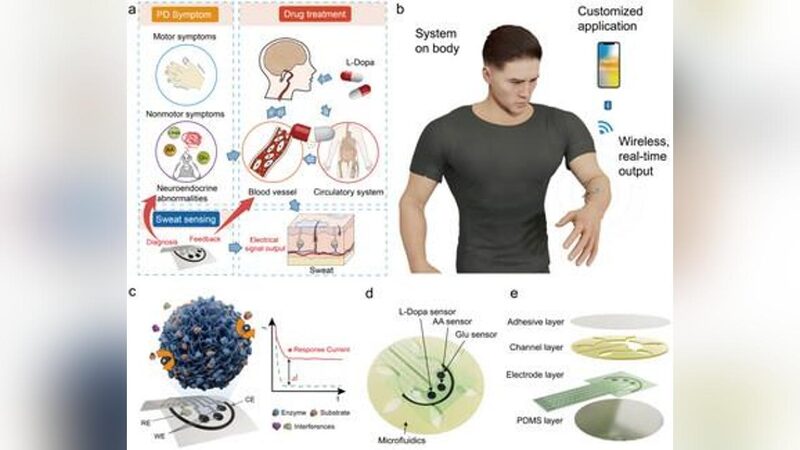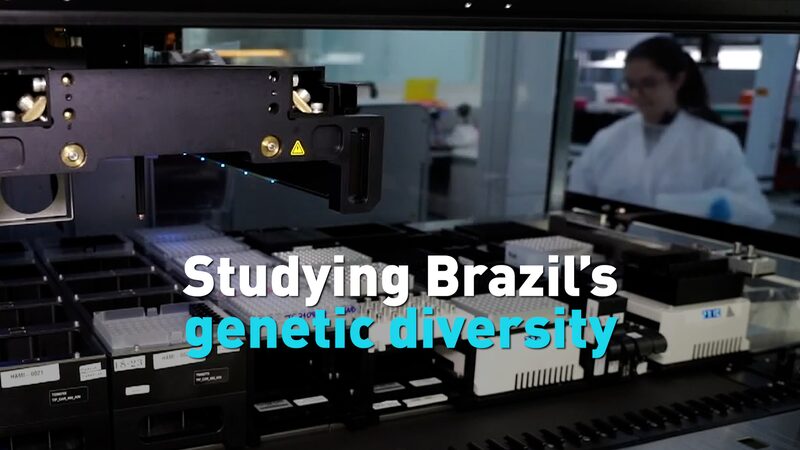In a groundbreaking development, China has slashed the average diagnosis time for rare diseases from four years to less than four weeks, offering new hope to millions worldwide. This significant advancement was highlighted by Zhang Shuyang, president of Peking Union Medical College Hospital, during the 2024 China Conference on Rare Diseases held in October.
“Medical expenses have dropped by 90 percent, and public awareness of rare diseases has surged from 31 percent to 69 percent,” Zhang reported, emphasizing the nation’s commitment to tackling these complex conditions.
Rare diseases, often stemming from congenital genetic factors, are closely linked to birth defects. Yu Yanhong, an official from the National Health Commission of China, noted that there are over 8,000 known birth defects, many classified as rare diseases.
China has witnessed a more than 50 percent decrease in infant and under-five mortality rates caused by birth defects in 2023 compared to a decade ago. Significant reductions have been seen in major conditions like neural tube defects and Down Syndrome, according to Yu.
Dr. Durhane Wong-Rieger, president of the Canadian Organization for Rare Disorders, praised China’s advancements. “China has made so much progress in genetics and genomics,” she said. “There are more gene therapy clinical trials in China than anywhere else in the world.”
For patients, early diagnosis is crucial. Wong-Rieger explained that timely treatment can intervene before irreversible symptoms appear. However, challenges extend beyond medical care, as rare diseases often impact entire families emotionally, socially, and financially.
Experts are also discovering a growing number of rare diseases affecting older adults. This poses additional challenges, as symptoms may be dismissed as part of the aging process, making diagnosis more difficult.
China’s efforts in reducing diagnosis times and improving treatment for rare diseases mark a significant step forward. These advancements not only benefit patients domestically but also contribute to global understanding and management of rare conditions.
Reference(s):
cgtn.com








